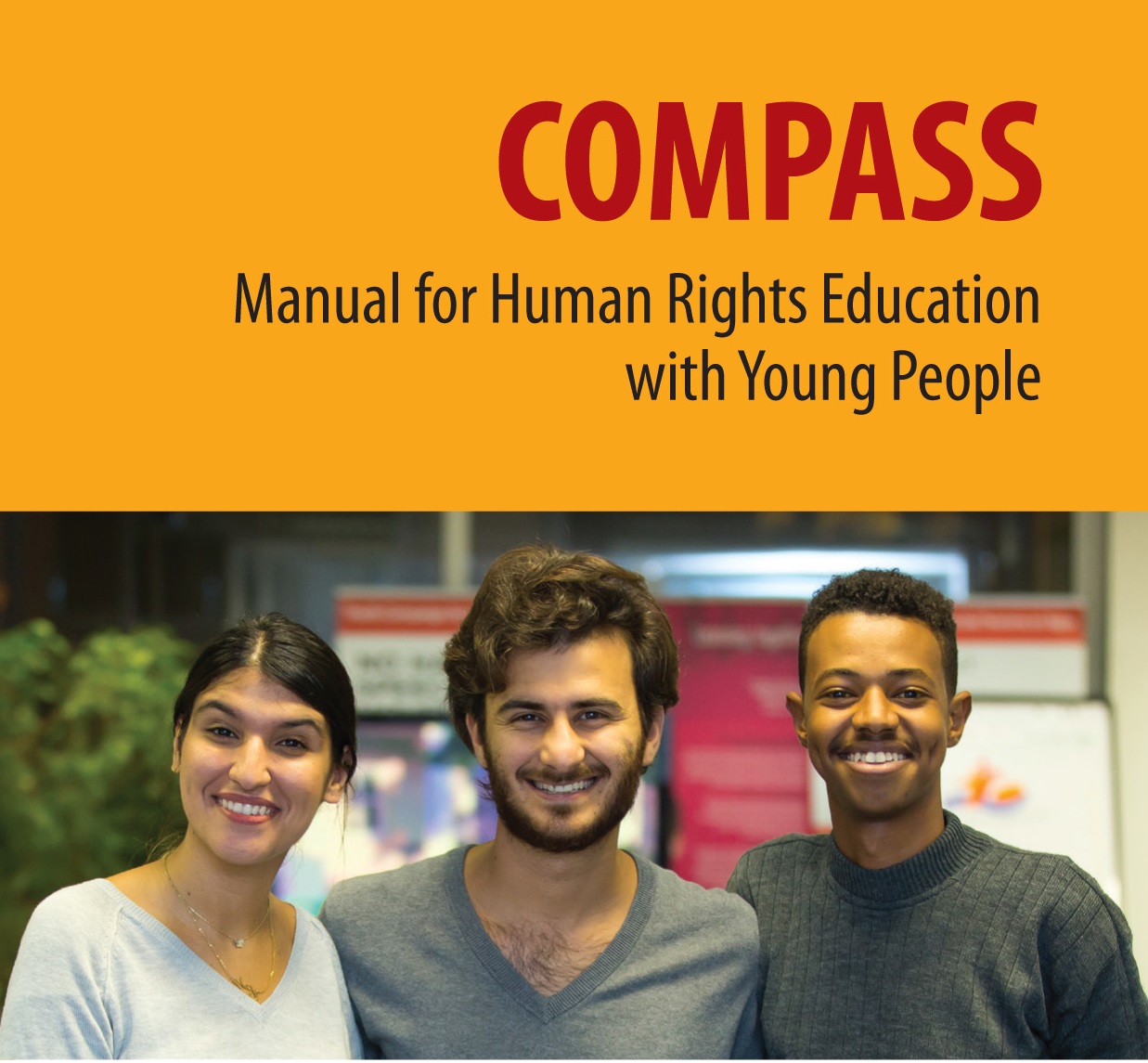About this chapter
You will have noticed that every activity in Chapter 2 has a section called "Ideas for action". Why? Because we think that HRE which stays in the classroom or the youth centre is incomplete. Taking action is an intrinsic part of HRE – partly because it is the way that the theme of human rights becomes "real" for young people, and partly because human rights education is meant to be education for change. HRE is intended to lead to action.
Recall from Chapter 1 that HRE is meant to be education about human rights, through human rights, and for human rights. Taking action for human rights is therefore not an add-on, but it is an essential part of the education process: taking action means acting outside the traditional education arena, doing something to make human rights a reality – for a better human rights world.
This chapter introduces you to that practical aspect of HRE. It can be seen as a point of transition between the club- or classroom-based activities of Chapter 2 and the more "professional" activism which is outlined in Chapter 4. It is a way of easing young people into playing a more active role in protecting and promoting human rights, while still being primarily focussed on educational ends.
- In Section 1, we look at what is meant by activism, what we mean by taking action, and the link with HRE.
- In Section 2, we suggest a series of simple methods and ideas for action which you can use with a group of young people. Most of the suggestions for action in Chapter 2 make use of these methods.
- In Section 3, we provide some planning tools for a group to engage more deeply in an issue by developing a longer-term strategy, and by building on their particular interests and skills.
Each of the sections is stand-alone, although an understanding of Section 3 may be helped by having looked at Sections 1 and 2.
The Free University
In the spring of 2008, Lithuanian students and other active youth groups organised a series of protests against a proposed reform which would put an end to free higher education. Dissatisfied students took part in various actions and occupied the central square at Vilnius University. Although they did not succeed in stopping the reforms, the actions had brought them together and convinced them of the need to ensure that those who wanted an education should not be excluded because of lack of funds. So they decided to create an alternative space, free from the traditional university disciplines and open to all. The Free University (LUNI) became a centre of learning for anyone wanting to learn or to teach, a place free from racism, sexism, discrimination, and a place where knowledge is not seen as the property of "experts", but something to be shared by all.
Put "Free University Luni" into your search engine for more information.
- Chapter 1 - Human Rights Education and Compass: an introduction
- Chapter 2 - Practical Activities and Methods for Human Rights Education
- Chapter 3 - Taking Action for Human Rights
- Chapter 4 - Understanding Human Rights
- Chapter 5 - Background Information on Global Human Rights Themes
- Appendices
- Glossary




Words and thoughts concerning compassionate action that are not put into practice are like beautiful flowers that are colorful but have no fragrance.
Thich Nhat Hanh